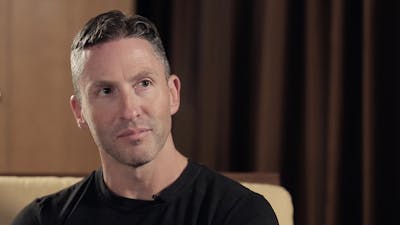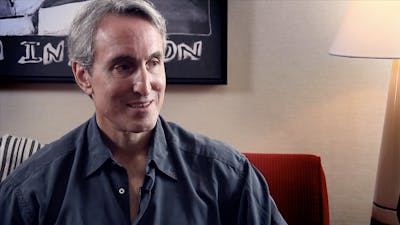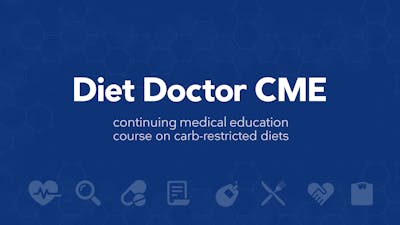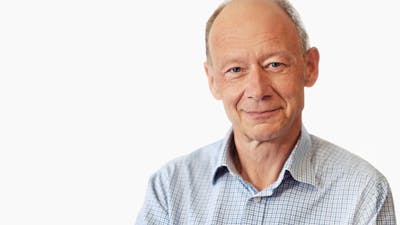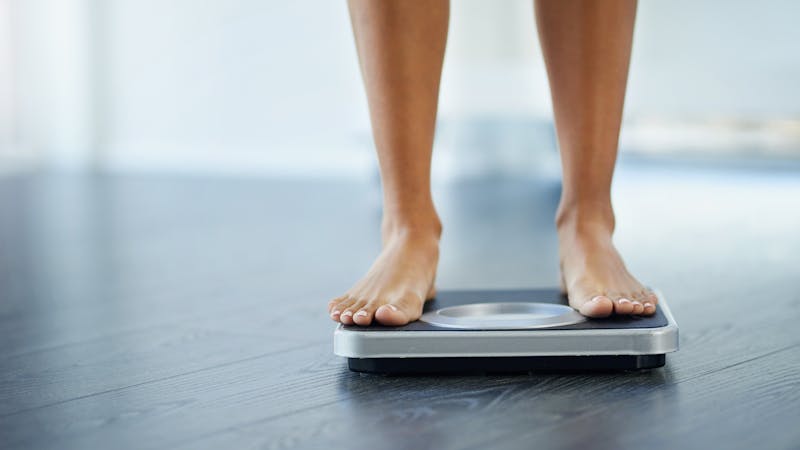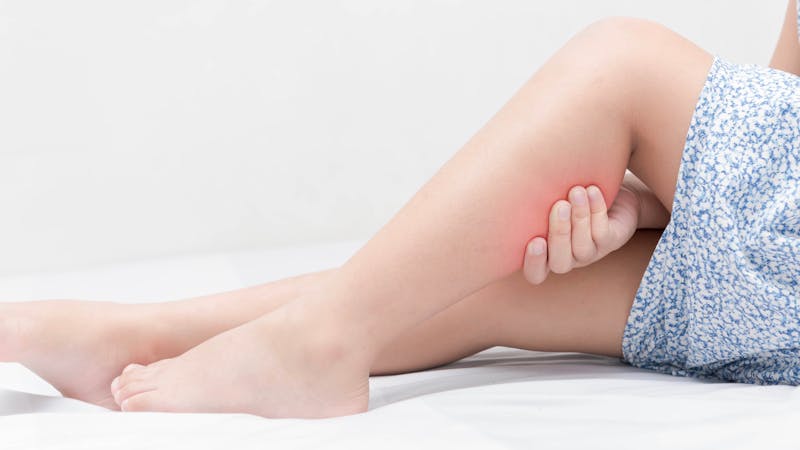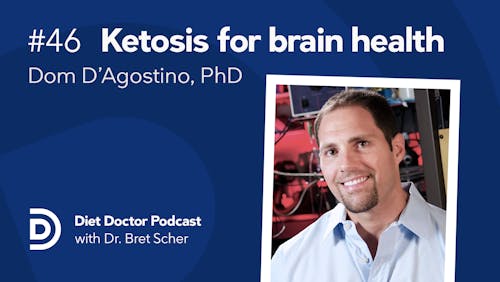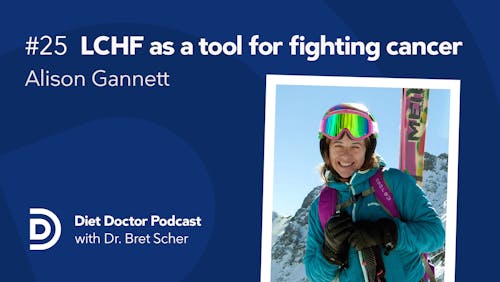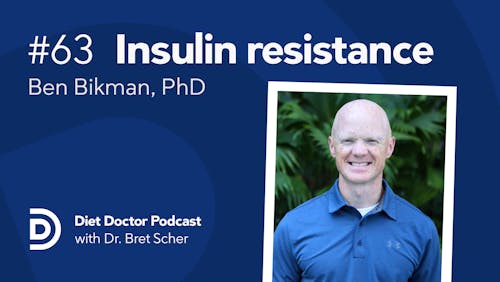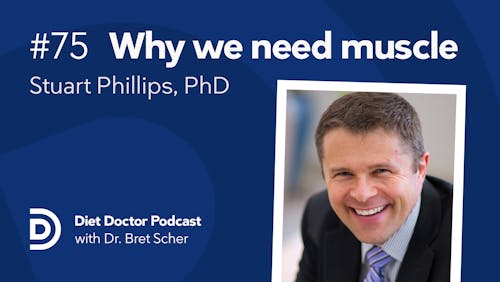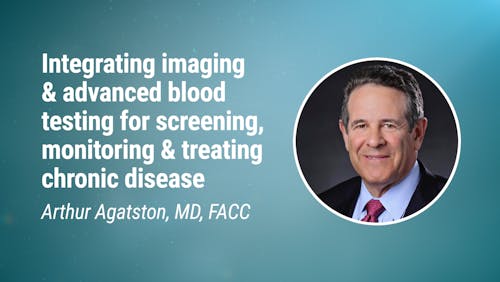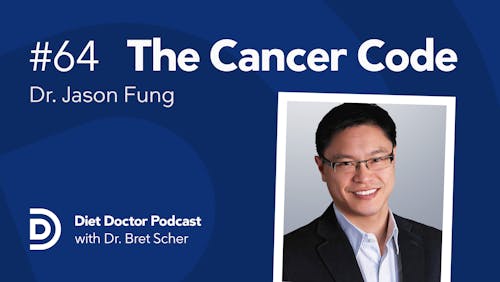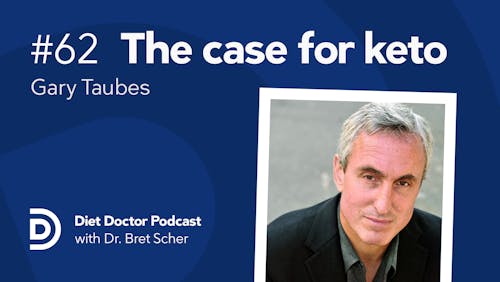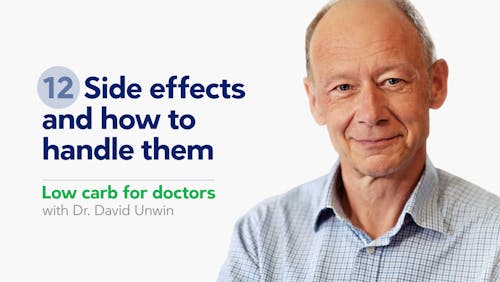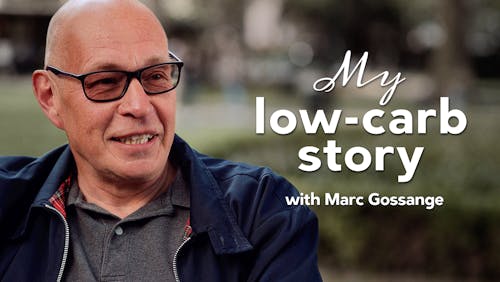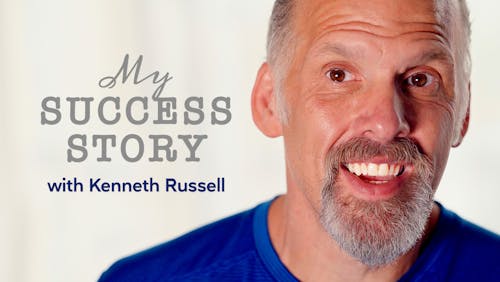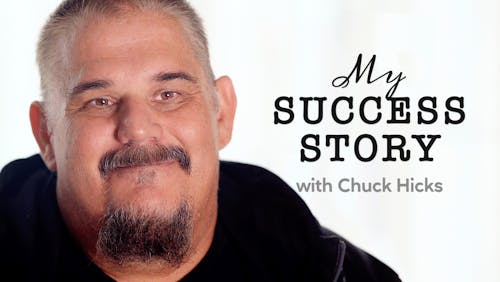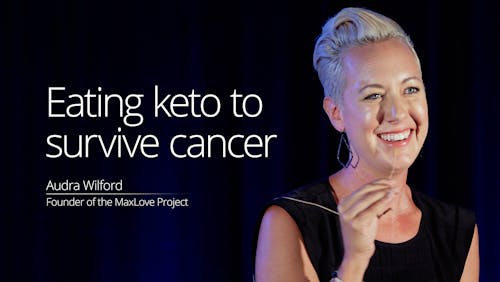Dr. Roshani Sanghani: tackling India’s diabetes epidemic
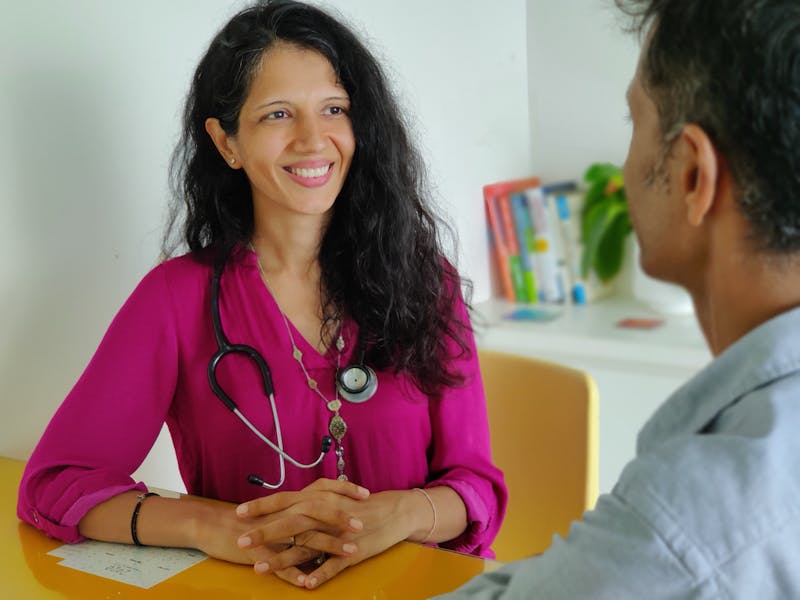
You can also listen to Dr. Sanghani’s experiences and tips for how to successfully do a low-carb diet in India’s high-carb culture on the Diet Doctor podcast episode #54.
It was a patient who refused daily insulin shots who first opened Dr. Roshani Sanghani’s eyes to the fast-acting power of a low-carb diet to help improve blood sugar.
It was 2013 and she was working as a consultant endocrinologist at the PD Hinduja National Hospital and Research Center in Mumbai. She had returned in 2011, from Chicago, where she had completed her internal medicine residency and fellowship in endocrinology. She’d come back to India so that she, her husband, and two daughters, could be closer to family.
The patient, who resisted insulin treatments, was an older man with diabetes whose blood sugar was sky-high. He was already taking five diabetes medications, but he balked at taking insulin shots, which she told him he really needed.
With blood sugar that high he was at risk of a medical emergency and dangerous diabetes complications. She asked him: If he wouldn’t take insulin, would he please try to reduce his consumption of chapati, a roasted flatbread that he ate at every meal?
She didn’t think it would work; she felt his pancreas was likely too damaged for such a small reduction in his carb load to make much of a difference. But she couldn’t force him. She had to work with the patient’s preferences.
She saw him a few days later and was astonished.
“His blood sugars had dropped from the 350 mg/dL range to 180 mg/dL just by going from four chapatis to two a day.”With such a positive impact on his blood sugar, the patient soon decided he didn’t need to eat any chapatis at all — especially if it could further reduce his need for medications. He cut other carbs, too, which vastly improved his blood sugar control. He was able to stop almost all his drugs by early 2014.
Dr. Sanghani calls the incident her “great awakening.” She is thankful that she had such a headstrong patient and that she listened to him. It was life-changing.
Finding low-carb resources
Soon she was researching everything she could about the low-carb diet and intermittent fasting, finding Diet Doctor and low-carb sources like Dr. Jason Fung, Dr. Ted Naiman, Dr. Steve Phinney, and others.
That November of 2014 she started a diabetes self-management program at the hospital. In the US, Dr. Sanghani had been certified by the American Association of Diabetes Educators; her new hospital program used their base materials, but she incorporated low-carb tips. On the program’s inaugural day, World Diabetes Day, her elderly patient who had cut his carbs and got off his medications told his inspiring story. That program was effective, but she realized she wanted to do more.
“I soon realized that I really wanted to be in charge of the whole patient journey. From the first visit to the nutrition advice, the exercise advice — not just as a specialist consultant who comes in once or twice. To do that, I would have to leave the hospital and go out on my own. My colleagues thought I was crazy, but I knew I needed to do it.”
In 2016 she opened her own specialty clinic in Mumbai, Aasaan Health Solutions. There, working with her team, she has so far treated more than 5,000 patients with diabetes, PCOS, obesity, hypertension, metabolic syndrome, and other conditions with underlying insulin resistance.
On her clinic site, she posts informative blogs, videos, recipes, and cooking demonstrations to help her patients succeed with the low-carb lifestyle.
Some colleagues, however, have thought her focus on low-carb approaches is reckless.
Spreading low-carb knowledge
“I am known in professional circles as an unconventional doctor who will vehemently insist on lifestyle change as the main foundation for type 2 diabetes treatment,” Dr. Sanghani says.
Dr. Sujeet Rajan, a consultant respiratory physician, was one of those initially skeptical colleagues. He was not convinced that a strict focus on dietary and lifestyle changes could be medically effective enough for someone with diabetes.
But he knew Dr. Sanghani professionally and knew she was very committed to her job. He also noticed that every patient he sent to her “would come back happy and satisfied… They never complained — only rejoiced — after meeting Roshani.”
In 2019 Dr. Rajan was shocked and upset when his own blood sugars came back in the diabetic range. He booked an appointment to see her. Within four months — by adopting the low-carb diet, improving his sleep, and doing some moderate “appropriate exercise” — his blood sugars were back in normal ranges without ever taking medication. Another medical skeptic had been converted.
“I wish many more physicians would meet Dr. Sanghani to get healthier. We would then be moving to better health care in India, not just increasing ‘medical care’,” said Dr. Rajan. “I’ve been able to open the eyes of many more of my own patients now. May there soon be more physicians in the world who are concerned about health, and not just medicine.”
Combatting diabetes in India
Dr. Sanghani’s approach could not be more timely in her country.
Over the last 30 years, India has seen a 30% increase in its rate of diabetes, rising by 2019 to an estimated 77 million people. Moreover, diabetes seems to hit at younger ages and at lower body weights and a lower body mass index (BMI) than in other countries. In 2016, according to Lancet Global Health, for every 100 overweight adults aged 20 years or older in India, 38 adults had diabetes, compared with the global average of 19 adults.
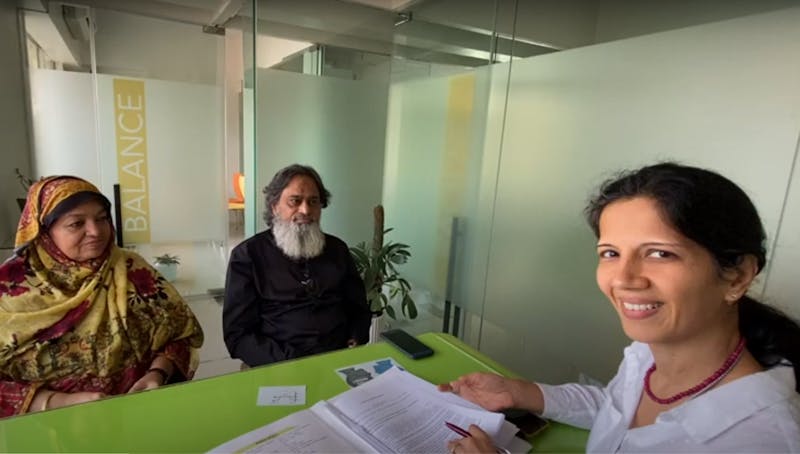



Photographer: R. Sanghani
Meals in India, says Dr. Sanghani, are often vegetarian, typically full of carbs, and can occur multiple times a day.
“It is very common to have what amounts to two or three breakfasts, a lunch, and then what amounts to two dinners — first a heavy snack, then the official dinner. And almost all of it is high carb,” she says.
“Sadly, a majority of patients believe — and health professionals perpetuate — the idea that a patient with type 2 diabetes needs to eat every few hours. We work hard to clarify that eating all day long does nothing to reverse insulin resistance.”
Shifting patients’ diets
Dr. Sanghani and her staff start their dietary advice by taking a look at what the patient is currently eating each day.
“We don’t have a one-size-fits-all diet plan. We start with where they are at, getting a list of all the carbs they are eating and the list of proteins they like, and then we go from there.”The clinic suggests incremental reductions in carbs, first cutting bread or rice portions to half their usual amount and often doubling the protein.
“If someone describes their current lunch as two roti, one bowl of vegetables and one bowl of daal (lentils), we will tell them to reduce the roti to one piece and double the daal and vegetables. If they say they eat two pieces of bread and one egg in the morning, we tell them to cut the bread to one piece and increase the eggs to two or three.”
When patients first come to the clinic, it is very common to find that they have been severely under-eating protein for years. The result is that along with issues like diabetes or obesity, they also complain of thinning hair, weakness, lack of energy, and an inability to build muscle.
The low consumption of protein is not only due to the predominance of vegetarian diets but also due to a long-standing fear in India that too much protein will harm their kidneys and increase their risk of gout.
“I tell them they would improve their insulin resistance and feel much better if they increased their protein but they are really scared. So we go very slowly and gingerly.”
To her own surprise, she discovered that she, too, had been eating too little protein after recently stopping dairy. She only realized it when she noticed she was losing hair from her head. She now makes sure she gets protein at every meal and often adds more eggs or non-GMO tofu to her vegetarian meal or consumes a protein shake between meals.
Getting her patients to stop their habit of eating bread and rice at every meal is a significant challenge.
“Indians are often taken aback by the concept of eating daal or vegetables on their own. They tend to quantify the adequacy of the meal based on the portion size of the rice or roti, which helps tone down the spice levels.”
Along with cutting back the carbs and increasing the protein, the clinic tells patients to increase their consumption of natural fats like fresh coconut flesh, white sesame paste or oil, homemade ghee, or butter.
“Low fat, low-calorie advice is still indoctrinated here and some are nervous about letting go of that advice. But when we suggest using these fats, which have been traditionally used in Indian dishes, a nostalgic familiarity arises. It is as if they say, ‘Yes, maybe our old-fashioned recipes had wisdom.'”
Encouraging patients to exercise
Along with her medical degree and endocrinology specialty, Dr. Sanghani has also been certified as a personal trainer by the American College of Sports Medicine. She got the training so she could advise her patients on the best exercise to fit their individual needs.
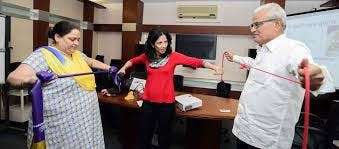



“There is not a widespread fitness culture yet in India, but people are happy to walk or do yoga. I have learned, however, not to throw in exercise right away as it can overwhelm them. First, we focus on the diet, cutting the carbs and getting more protein, getting better sleep, and reducing stress. Then maybe four or five weeks later, when they are feeling better and feeling more energetic, I say, ‘Okay, now it’s time to start building some muscle.'”
Dr. Sanghani’s low-carb approach at home
With her own family, she will often make a base meal like a low-carb coconut curry or tomato chickpea curry to which her husband and her pre-teen daughters will add their individual level of carbs. A recent victory, she laughs, is when they ate at a buffet and her daughters showed her their plates, asking “Is this enough protein?”
“I am starting them young thinking about getting adequate protein!”
She will often make up a batter for an easy, low-carb, spicy mung bean pancake and keep it in the fridge. (You can find the recipe and a cooking demonstration video on her clinic website.)
Her daughters love the pancakes and fry it up themselves. “During Covid-19, mealtimes and routines have been shot, but having the batter in the fridge means whenever they get up they can make a quick breakfast when they are hungry.”
More lifestyle changes, fewer medications
Among her patient population, she is not only energized by those who reverse their diabetes and get off medications, but she also loves seeing young women with PCOS, who can get so much better by cutting carbs and upping a bit of exercise. Distressing symptoms like male-pattern hair growth, acne, obesity, and infertility can disappear. Long-sought pregnancies can result.
“These are such happy stories. The body is healing itself.”
These days Dr. Sanghani finds she rarely has to prescribe medications. “It is metformin and lifestyle, that’s pretty much it.”
Sometimes, however, a patient may seem resistant to lifestyle changes.
“They will say, ‘No, give me the medication.’ And I say ‘Well, if you can’t change your lifestyle, then maybe you should change your doctor?’”“I say this to them with a lot of respect and love. I know it only looks like they are ‘resisting’ because it hasn’t sunk in yet that fewer medications and better health is actually possible.”
“When they realize that I am serious and not being sarcastic or mean, they find themselves able to acknowledge in front of me, the doctor, that they really would like fewer medications. I haven’t met anyone yet who honestly preferred more prescriptions, but maybe I am biased!”
Congratulations to Dr. Sanghani for helping spread good health, empowerment, and low-carb medicine in India.
Dr. Sanghani’s tips:
- Don’t make patients fit a one-size clinic meal plan, instead examine their daily food intake and personalize suggestions to their dietary patterns and preferences.
- Get a list of favorite proteins and vegetables; make suggestions around those favorites.
- Suggest they start by halving the carbs and doubling the protein and vegetables, adding healthy fat for taste.
- If they make this dietary change you must reduce any medication/insulin that will put the patient at risk for hypoglycemia.
- If they’re vegetarians and their protein intake is low, get them to add an egg, tofu, peanuts, paneer, chickpeas or chickpea flour to increase protein.
- While it is best if they first get their protein from whole unprocessed food, low-carb protein smoothies (see Diet Doctor recipe) can increase protein in vegans and vegetarians who are not reaching protein targets through food.
- They can keep low carb chutneys like Indian green chutney and garlic chutney, as well as tomatoes, cilantro (coriander), lemon and onions for a satisfying and similar taste experience.
- Since many South Asian patients eat rice at every meal, suggest cauliflower rice instead. If elimination is challenging, get them to reduce rice to a smaller daily amount.
- Completely banning a food can result in cravings that can make long-term sustainability difficult. Lowering the carb load is often enough to start the patient seeing results and welcoming this permanent lifestyle change.
- Many South Asian patients also eat bread like roti, chapatis, or naan at every meal. Suggest reducing it to one piece a day, or making low-carb alternatives. (See Diet Doctor garlic naan recipe)
- Look for hidden sources of sugar and carbs, such as tea, ready-made drinks, “energy drinks”, sauces, Indian “diet snacks”, and pharmaceutical protein supplements.
- Ask patients to add in easy, age-appropriate, at-home muscle-building exercises after five or six weeks of nutritional and sleep changes and success. By then, they will automatically feel more energetic and internally willing to exercise. Resistance bands are cheap and effective.
- For permanent behavioral change, it’s more effective to add small changes in successive layers, on top of increased self-efficacy from prior victories, to increase long-term retention. Don’t overwhelm them with too many instructions all at once!
—



